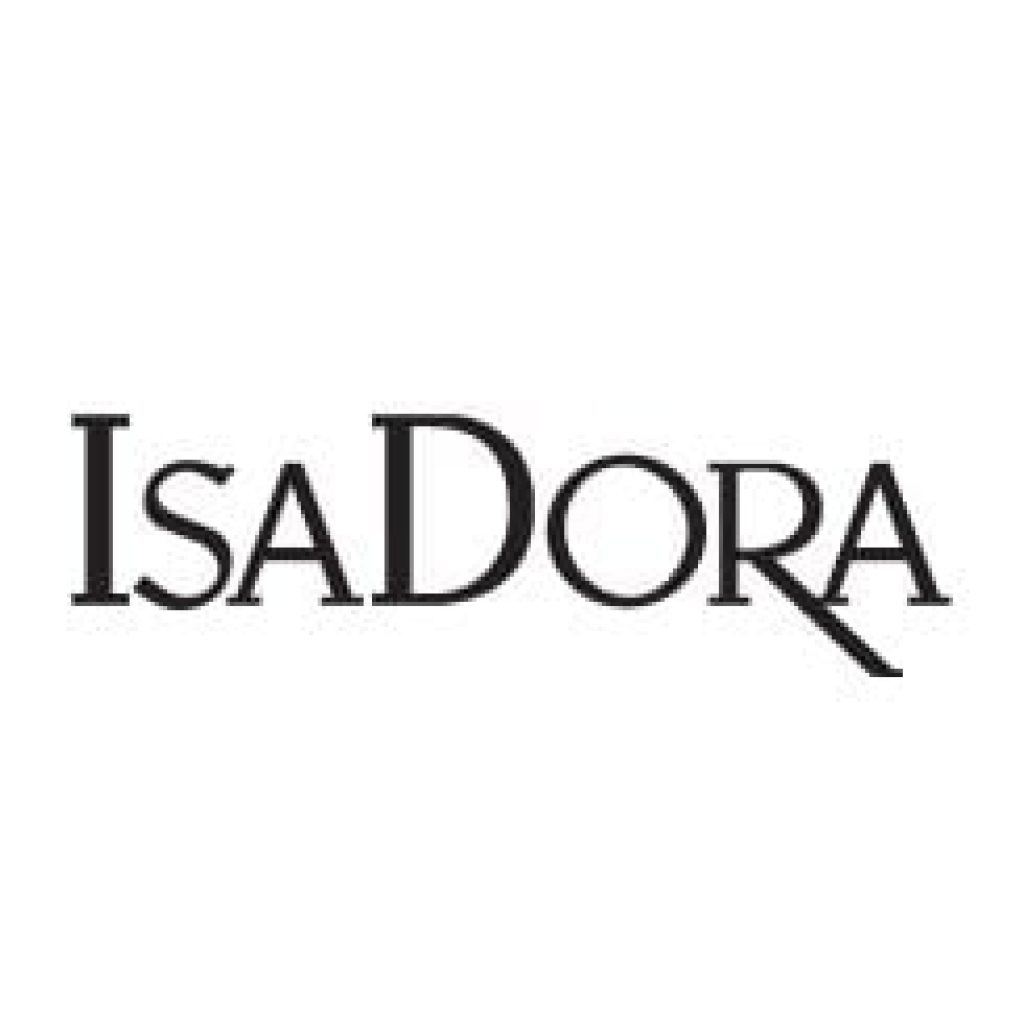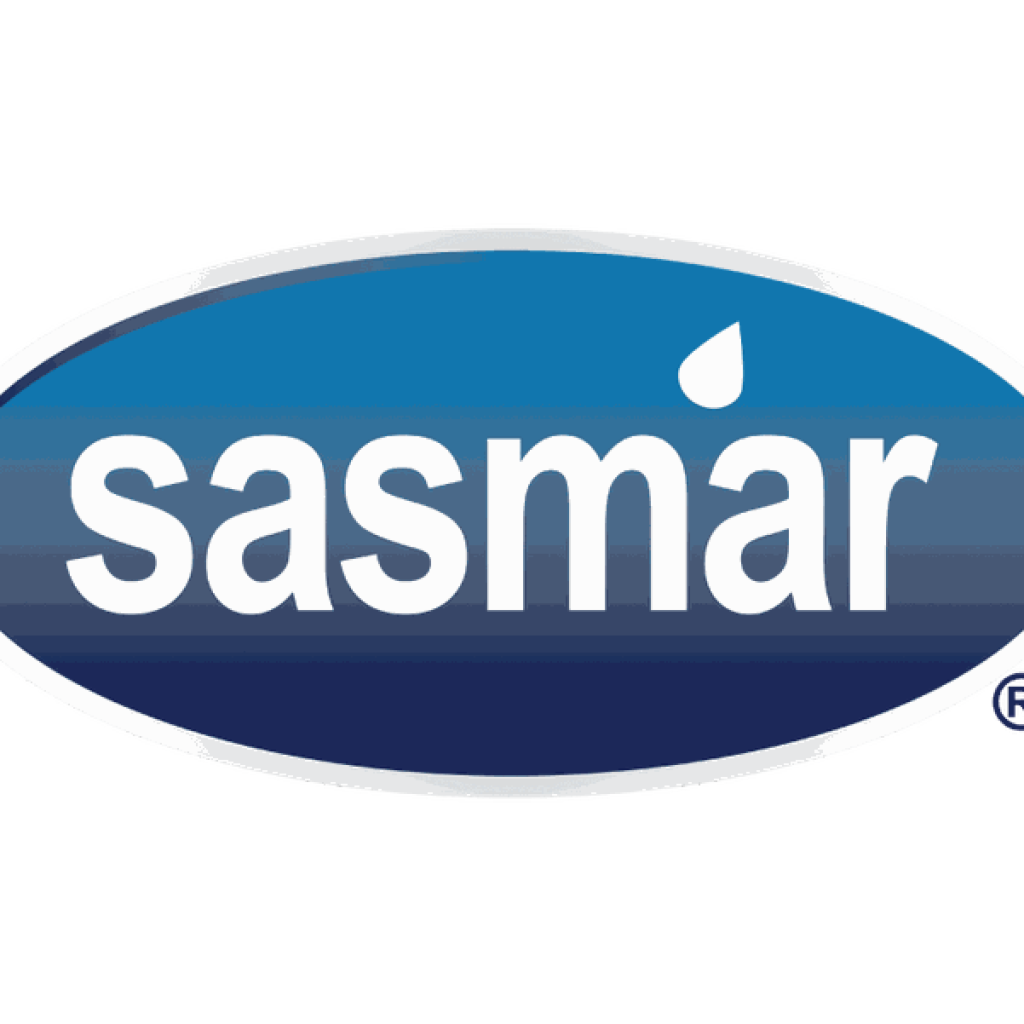No products in the cart.
Uncategorized
Stock Market Today: Dow, S&P Live Updates for January 30
Among the companies in the index are 3M, Chevron, Home Depot, IBM, Salesforce, and Visa. The DJIA is considered a bellwether of the stock market and the U.S. economy as a whole. Although investors can’t invest directly in the index, they can park their money in a mutual fund or ETF that tracks the performance of the Dow Jones.
Dow fleshed out the theory in a series of editorials in the Wall Street Journal, which he co-founded. Many critics of the Dow argue that it does not significantly represent the state of the U.S. economy as it consists of only 30 large-cap U.S. companies. They believe the number of companies is too small and it neglects companies of different sizes. Many critics believe the S&P 500 is a better representation of the economy as it includes significantly more companies, 500 versus 30, which by nature is more diversified.
The Dow Jones Transportation Average is an index of 20 companies that provide transportation services. Founded by Charles Dow on 3 July 1884, It is older than the Dow Jones Industrial Average. On March 29, 1999, the average closed at 10,006.78, its first close above 10,000.
First, the Dow Jones 30 stocks are ranked from the best performer to the worst by calculating the expected return in that month. The top best traditional performers in the month were then screened for relative strength by a unique measure that sorts by several relevant time periods. The stocks that are both weak monthly performers and weak relative performers are short sales for the month.
- Note that Dow Theory assumes that the market doesn’t move in a straight line but from highs (peaks) to lows (troughs), with the overall moves of the market trending in a direction.
- The DJIA was created in 1896, and it is the second-oldest stock market index in the U.S.; the Dow Jones Transportation Average came first.
- The Dow Jones Industrial Average (DJIA), Dow Jones, or simply the Dow (/ˈdaʊ/), is a stock market index of 30 prominent companies listed on stock exchanges in the United States.
That is, assuming the stock prices from the old index are held constant, the addition of a new stock price should not affect the index. It’s vital to remember that primary trend reversals can take months to present themselves—a change in price direction over a one-month, two-month, or even three-month period might only be a market correction. Another feature in Dow Theory is the idea of line ranges, also referred to as trading ranges in other areas of technical analysis. These periods of sideways (or horizontal) price movements are seen as a period of consolidation. Therefore, traders should wait for the price movement to break the trend line before coming to a conclusion on which way the market is headed. For example, if the price were to move above the line, it’s likely that the market would trend up.
Over the years, the Dow divisor has been modified to keep pace with changing market conditions. Let’s assume that the exchange constructs a mathematical number represented by AB Index, which is being measured on the performance of the two stocks (A and B). Assume that stock A is trading at $20 per share and stock B is trading at $80 per share on day 1. The Dow 30 is arguably the most talked about stock index on the planet. It’s been around since 1896 and is comprised of America’s finest, largest, and most invested in blue chip companies. That makes it a hot topic of debate and, according to many pundits, a key barometer of the state of the overall stock market and economy.
The table below alphabetically lists the companies included in the DJIA as of June 2022. Although the Dow Jones Industrial Average rarely changes, hire ico developer there are occasional additions and deletions. These changes often come in batches and always keep the total membership at 30 companies.
The Worst Is Over. Buy Bank of America and These 5 Other Stocks Now, Analysts Say.
It is its reputation as a proxy for the economy that has made the Dow 30 so famous. The goal of the index is to provide an indicator of the general health of the U.S. economy as well as the way in which the economy is growing or contracting. The companies in the Dow supply many jobs, make up a large portion of retirement funds, and, in many cases, are reliant on the population’s spending habits. In other words, when they do well, it generally means the economy is in good shape. And when they collectively start to stutter, it often suggests that bad times could be forthcoming. Many critics believe the S&P 500 is a better representation of the economy as it includes significantly more companies, 500 versus 30.
Divisor Value
The DJIA was created in 1896, and it is the second-oldest stock market index in the U.S.; the Dow Jones Transportation Average came first. The DJIA consists of 30 large-cap blue-chip companies that are, for the most part, household names. This is a sudden dip in index value from the previous 57.5 to 41.67, just because a new constituent is getting added to it. Assuming that stocks A and B maintain their earlier day prices of $30 and $85. This would not be a very useful reflection of the overall health of the market. A $245 billion exchange-traded fund tracking the Nasdaq 100 dropped in late hours, with traders weighing results from two of the tech giants that have powered the rally in stocks amid the artificial-intelligence frenzy.
IBM Is Trading At Its Highest Levels In More Than A Decade. Here’s Why.
Moreover, its Relative Strength Rating checks in at 92 out of a best-possible 99, indicating IBM stock has outperformed 91% of the market over the past 12 months. “We believe the extended valuation reflects the market’s perception that IBM is a key beneficiary of AI investments over the long-term,” Vogt wrote. “While IBM Consulting is well positioned to participate, IBM’s infrastructure assets and software portfolio are unlikely to accelerate, given competitors (hyperscalers) with larger R&D and Capex budgets should be the winners, in our view.” Daryanani raised his 12-month price target for IBM stock to 215 following the fourth-quarter results. In a client note, he called IBM an “underappreciated AI beneficiary.” IBM has focused its business in recent years on growing its hybrid cloud and AI offerings.
Reversals in primary trends can be confused with secondary trends. It is difficult to determine whether an upswing in a bear market is a reversal or a short-lived rally followed by still lower lows. The Dow Theory advocates https://traderoom.info/ caution, insisting that a possible reversal be confirmed by comparing indexes. Trading volume generally increases if the price moves in the direction of the primary trend and decreases if it moves against it.
The value of shares and ETFs bought through a share dealing account can fall as well as rise, which could mean getting back less than you originally put in. You can trade the Dow Jones index 24 hours a day with Capital.com and monitor the price changes with our Dow live chart. In the case of (2), the net sum price change was 0 (stock A had +5 change, while stock B has -5 change, making the net sum change zero). This means the positive price movement in one stock has canceled the equal value but the negative price movement of another stock. The Dow Jones Industrial Average (DJIA) is an indicator of how 30 large, U.S.-listed companies have traded during a standard trading session. The Dow Jones Industrial Average, known as the Dow, is affected by the prices of the stocks that make up the index.
It is more popular than both the S&P 500 Index, which tracks 500 stocks, and the Nasdaq Composite Index, which includes more than 2,500 U.S. and international equities. Since then, however, shares have jumped nearly 40%, capped off by its surge Thursday. But investors are increasingly recognizing IBM as a potential AI winner.











